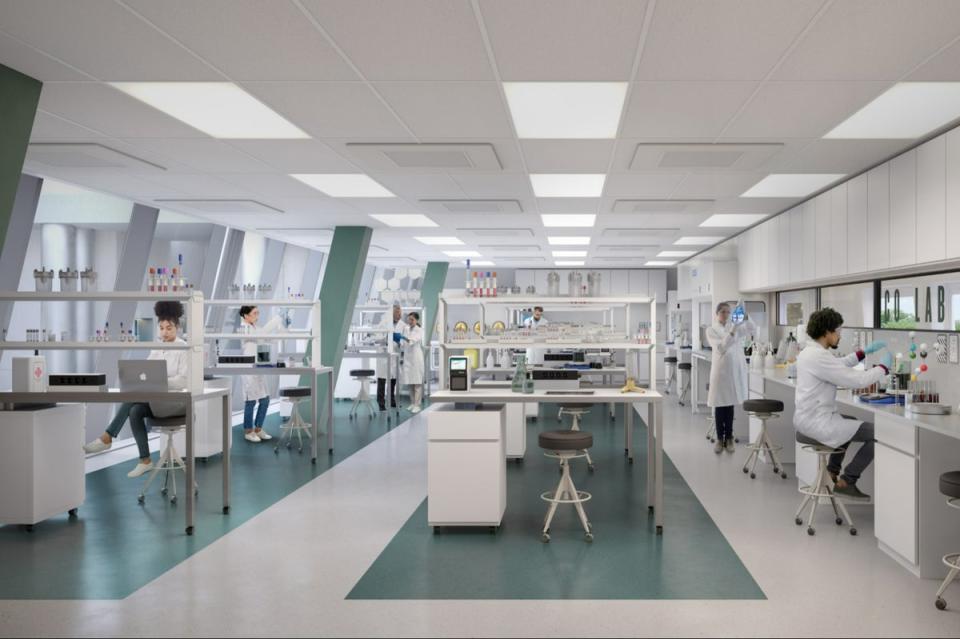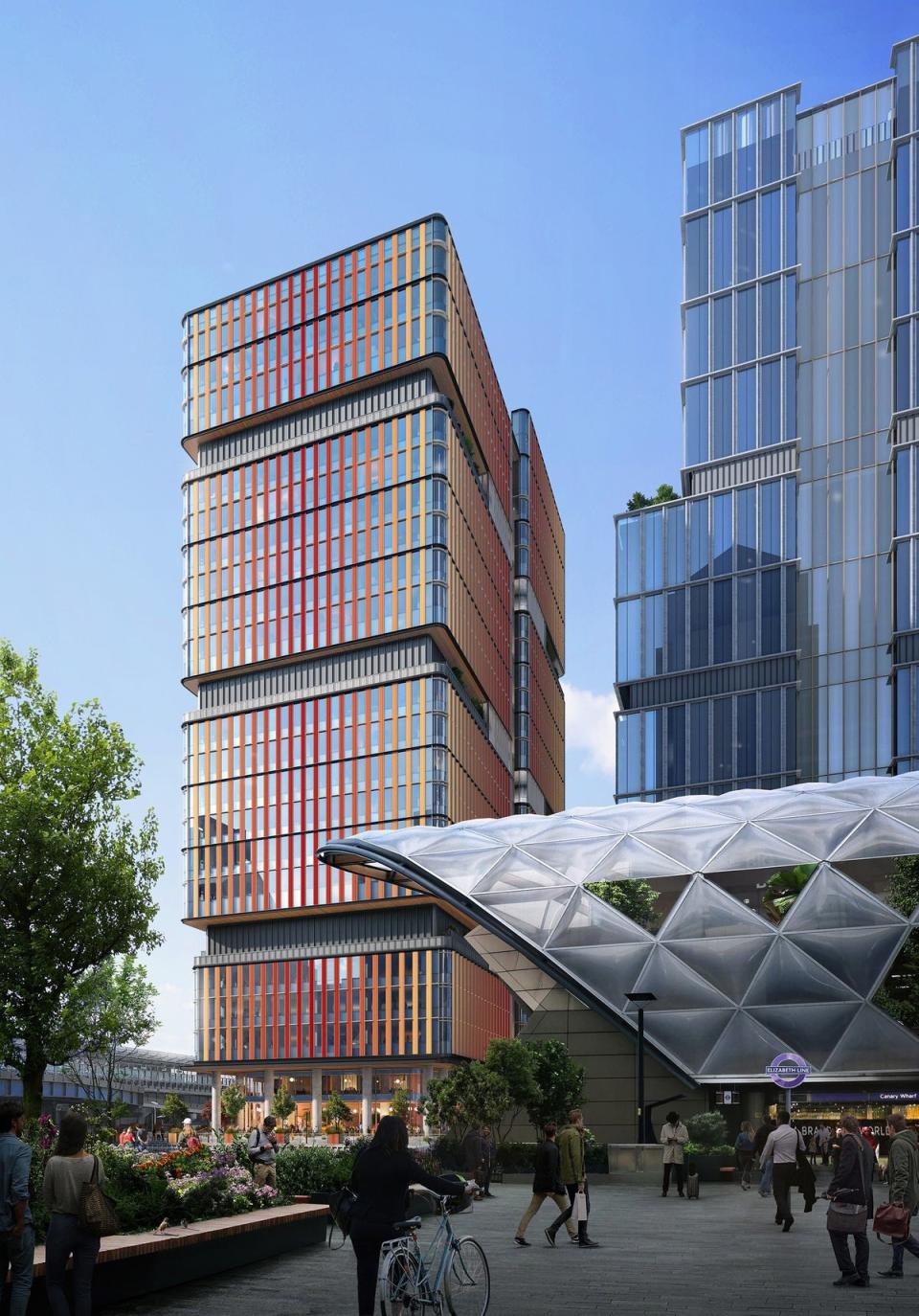Life sciences offer an alternative future for some of London’s offices

Much of the property market has had a turbulent first half of the year, with residential investors cautiously watching how the UK’s mortgage crisis will play out and London office landlords collectively seeing lettings tumble. In addition the ‘gold rush’ for warehouses in the capital that took place during the pandemic has calmed.
On top of that, there is a less traditional sector that has not been immune to economic uncertainty: life sciences, the “alternative” property division behind labs and offices for specialist firms.
Figures from Savills show take-up of space in the “golden triangle” of London, Oxford, and Cambridge in the six months to June dropped 16% to 674,391sq ft, although the prior year was flattered by a one-off major deal. In the investment market, purchases of properties or development sites plunged to £320 million from £850 million a year earlier.
Tom Mellows, head of UK science at Savills, points to macroeconomic issues impacting the market. He says: “From a capital markets perspective, investor caution due to rising interest rates has seen transaction volumes fall. Despite this, we are confident that appetite remains for life science as an asset class and we will see a return in activity following greater economic stability.”
Any pick-up in investment will be much welcomed in the capital after a report from real estate consultancy Gerald Eve found London has a critically low supply of lab space. The company says that in part is due to the capital still being “embryonic” to some extent in the life sciences property market when compared with some other locations.
Finding the appropriate sites can also be tricky. Would-be tenants will typically want to be in areas where there is a high concentration of academic, medical and scientific organisations, and traditionally in such places, for example Bloomsbury, specialist developers have had to compete with office and residential builders.
But in what will be seen as a boost for the UK life sciences industry, a flurry of investors are looking to create specialist sites in London with more opportunities arising to do so as traditional offices become less in demand. These could be lucrative decisions for those putting spades in the ground imminently.
Looking at some of the plans potentially on the way, the past four weeks have seen several schemes unveiled. Property giant British Land is among those looking to boost its presence in this sector, with a major overhaul of the 1970s Euston tower. The offices would be revamped to create net zero workspace featuring labs for start-ups and scale-ups.
Then there are projects that have recently got the green light. In Bloomsbury Square the Grade-II listed Victoria House will be converted into 300,000sq ft of state-of-the-art space in what developers Oxford Properties and Pioneer Group say will be central London’s largest offices-to-life sciences conversion project.
Meanwhile Canary Wharf Group, which is diversifying beyond offices, has won approval for a major new 23-storey life sciences building.

Also in the Docklands financial district, funds managed by Oaktree Capital Management working with LS Estates will refurbish 17 Columbus Courtyard, an existing office building, to create 200,000sq ft of high-quality laboratory space and offices.
As a number of traditional office occupiers look to downsize following the hybrid working boom, some landlords could find a new lease of life for older properties. Paul Bailey, managing director life sciences at developer LS Estates says: “Repurposing office buildings can be cheaper, quicker and more sustainable [than knocking them down], but clearly some are not suitable for conversion [to life sciences stock].”
Landlords eyeing this “alternative” real estate sector are unlikely to have difficulties filling up specialist space, adds Bailey.
He comments: “There is approximately one million sq ft of stated life science demand in London, in particular responding to the need from companies in the early stages of their growth cycle. Much of the supply coming on-stream to satisfy that demand is post 2026 delivery. There is a compelling case for delivering new science workspaces, with a need for speed.”
There certainly looks to be plenty of backing behind firms to expand, with investment in UK biotech start-ups and scale-ups rising from £261 million in 2012 to £4.5 billion in 2021. Although it fell to £1.8 billion in 2022 due to global macroeconomic factors, the size of appetite still remains substantially bigger than a decade earlier.
Steve Bates, chief executive of the UK BioIndustry Association, says: “The UK’s success in developing the Covid-19 vaccine has only added to the interest of investors and real-estate developers. London is attracting a growing number of domestic and international life science companies eager to capitalise on our great science, talented workforce and globally-connected city to develop the next generation of medicines.”
Bates agrees demand for lab space is “extremely high” and warns that requirement must be met “if the UK is to remain a global hub for life sciences”.

